Growing Geriatric Population
The aging population is a significant factor influencing the Keratoprosthesis Market. As individuals age, they become more susceptible to various eye conditions, including those that necessitate keratoprosthesis. The World Health Organization projects that the number of people aged 60 years and older will double by 2050, leading to an increased demand for eye care solutions. This demographic shift is likely to result in a higher incidence of corneal diseases, thereby boosting the need for keratoprosthesis. Healthcare systems are increasingly recognizing the importance of addressing the visual needs of the elderly, which may lead to more funding and resources allocated to keratoprosthesis procedures.
Rising Incidence of Corneal Diseases
The increasing prevalence of corneal diseases, such as keratoconus and corneal scarring, is a primary driver of the Keratoprosthesis Market. As more individuals experience vision impairment due to these conditions, the demand for effective treatment options rises. According to recent data, corneal diseases affect millions worldwide, leading to a significant number of corneal transplants annually. However, the shortage of donor corneas has prompted a shift towards alternative solutions, including keratoprosthesis. This trend indicates a growing recognition of keratoprosthesis as a viable option for patients who are not suitable candidates for traditional corneal transplants, thereby expanding the market's potential.
Rising Awareness and Patient Advocacy
The growing awareness of keratoprosthesis as a treatment option is significantly impacting the Keratoprosthesis Market. Patient advocacy groups and healthcare professionals are increasingly educating the public about the benefits of keratoprosthesis, particularly for those who have exhausted other treatment options. This heightened awareness is leading to more patients seeking information and treatment, thereby driving market growth. Additionally, social media and online platforms are playing a pivotal role in disseminating information about keratoprosthesis, making it more accessible to a broader audience. As awareness continues to rise, it is likely that more individuals will consider keratoprosthesis as a viable solution for their vision problems.
Increased Investment in Eye Care Research
Investment in eye care research is a crucial driver of the Keratoprosthesis Market. Governments and private organizations are increasingly funding research initiatives aimed at improving treatment options for corneal diseases. This influx of capital is facilitating the development of innovative keratoprosthesis designs and techniques, which may enhance patient outcomes. Furthermore, collaborative efforts between academic institutions and industry players are fostering an environment of innovation. As research continues to yield promising results, it is expected that the market will see a rise in the adoption of keratoprosthesis as a standard treatment option for patients with severe corneal issues.
Technological Innovations in Keratoprosthesis
Technological advancements in the design and materials used in keratoprosthesis are transforming the Keratoprosthesis Market. Innovations such as improved biocompatibility and enhanced optical clarity are making these devices more effective and safer for patients. Recent developments have led to the introduction of new types of keratoprosthesis that offer better integration with the eye and reduced risk of complications. For instance, the use of advanced polymers and coatings has shown promise in increasing the longevity and functionality of these devices. As these technologies continue to evolve, they are likely to attract more patients and healthcare providers, further driving market growth.


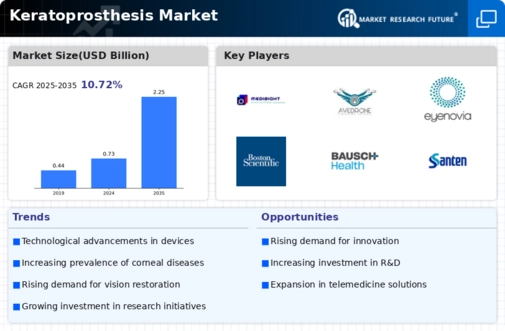

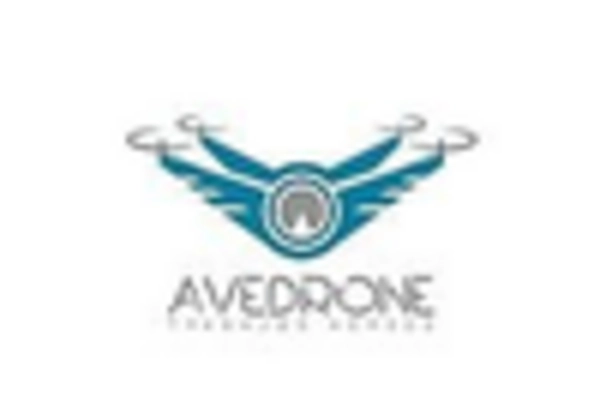

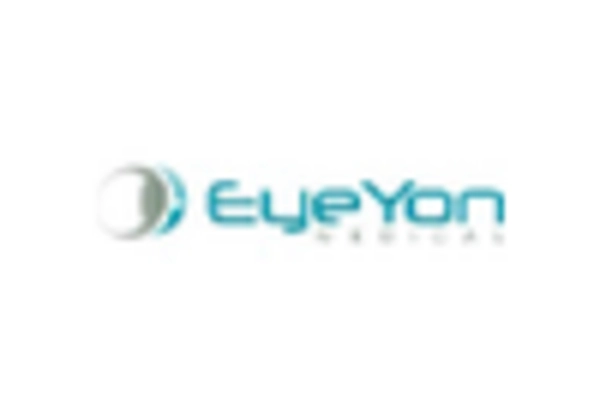
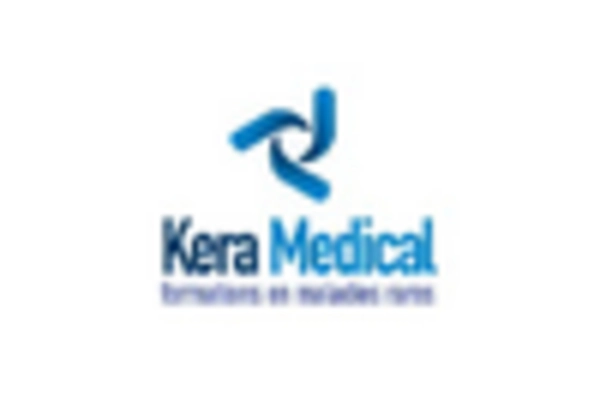
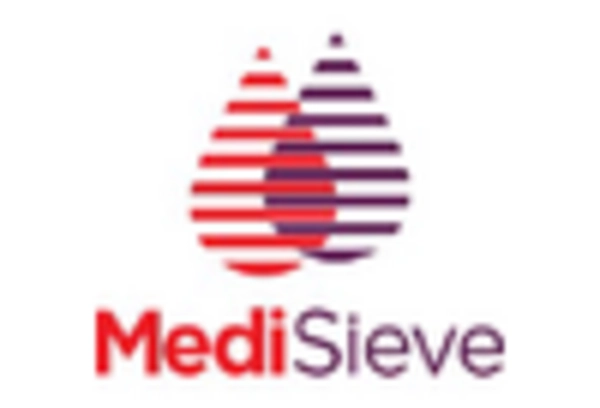
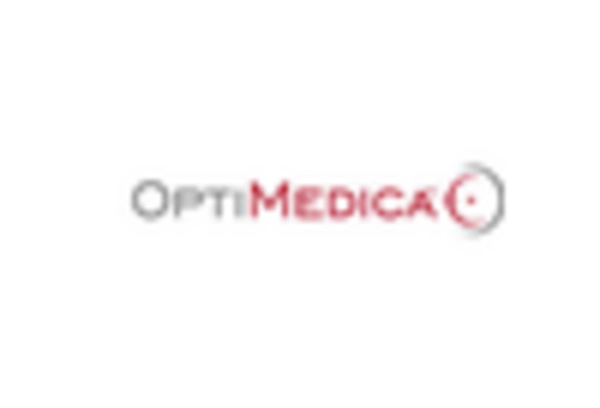








Leave a Comment